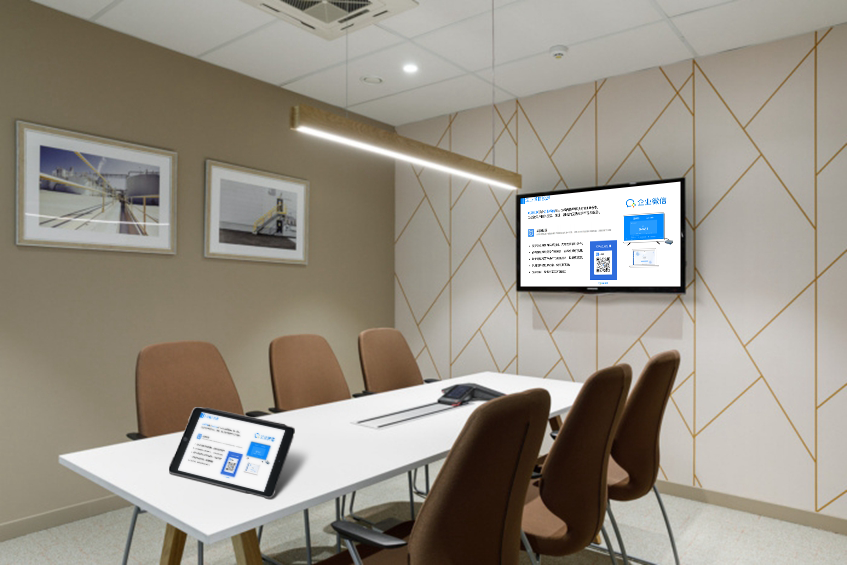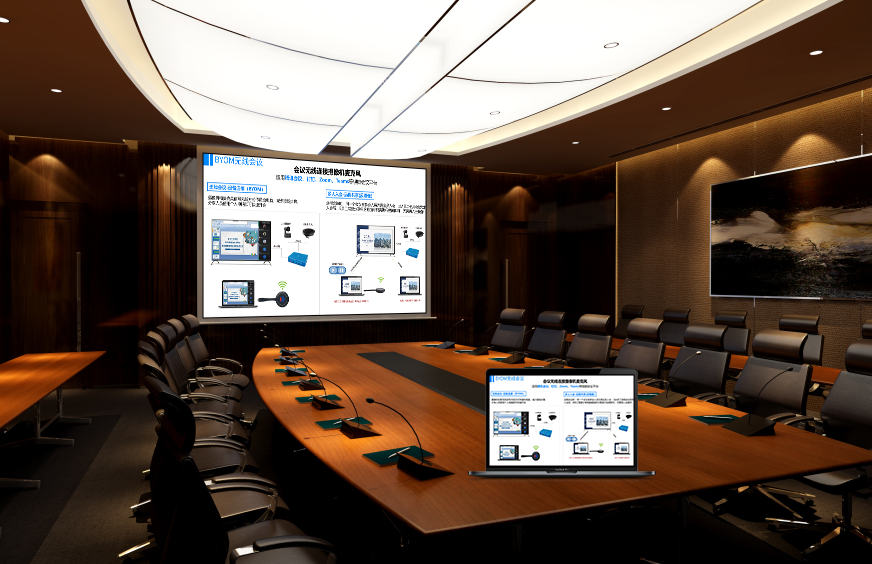RTSP Streaming and Recording Integration: For More Efficient Content Capture and Transmission
In today’s rapidly evolving information age, the need to record, transmit, and share audio-visual content is growing across various scenarios. RTSP (Real Time Streaming Protocol) streaming and recording integration technology, with its standardized nature, high compatibility, and stable transmission performance, has become a crucial link connecting front-end capture devices with back-end recording systems. It provides an efficient content processing solution for fields like education, meetings, and security.
I. Standardized Protocol for Seamless Integration
As a real-time streaming protocol, RTSP is highly standardized. This allows different brands and types of front-end capture devices (such as cameras and webcams) to integrate seamlessly with back-end recording systems. Whether it’s a high-definition camera filming a class or a PTZ camera capturing a speaker in a meeting room, the RTSP protocol can reliably transmit streaming data to the recording system. This eliminates concerns about connection failures or data loss due to protocol incompatibility. In smart campus construction, various cameras in different school buildings can all connect to the campus recording platform via the RTSP protocol, enabling centralized recording of all classroom sessions and significantly reducing the complexity of system integration.
II. Real-Time Transmission and Precise Synchronization for Content Integrity
(I) Low-Latency Real-Time Transmission
RTSP streaming and recording integration technology enables low-latency, real-time transmission of audio-visual data, ensuring that the content recorded by the back-end system is highly synchronized with the live scene. In an important meeting, this technology can precisely transmit the live visuals and audio to the recording system. Remote viewers can have a viewing experience as if they were physically present, and the recorded file can capture every detail of the meeting, which is useful for later review and archiving.
(II) Multi-Stream Synchronized Recording
It supports the synchronized recording of multiple RTSP streams, allowing for simultaneous integration with several front-end capture devices. It can record visuals from different angles and areas, along with their corresponding audio signals, into the recording system at the same time. At a large lecture, it can record close-ups of the main speaker, capture interactive scenes with the audience, and simultaneously collect the speaker’s voice and ambient sound. The final recorded file contains multiple synchronized audio and video tracks, providing rich material for post-editing and multi-scenario applications.
III. Flexible Adaptation to Multiple Scenarios for Diverse Needs
(I) Education
In a smart classroom, RTSP streaming and recording integration technology can transmit live visuals and audio of teacher lectures and student interactions to the recording system, enabling the recording and storage of high-quality courses. The recorded course resources can be shared via the campus network for students to review after class and for other teachers to observe, promoting the circulation of high-quality educational resources. The integrated system also supports selective recording based on teaching needs, such as only recording the teacher’s lecture and courseware content, or recording the entire classroom interaction process, meeting different teaching record requirements.
(II) Meeting Scenarios
In corporate meeting rooms, this technology can integrate front-end cameras with a meeting recording system to record the entire meeting. Speeches from attendees and content from PPT presentations can be clearly captured. After the meeting, the recorded file can be quickly shared with those who couldn’t attend, allowing them to stay informed. For important decision-making meetings, the recorded file can also be archived as crucial documentation, providing a basis for future reference.
(III) Security Monitoring
In the security sector, RTSP streaming and recording integration technology can transmit real-time visuals captured by cameras at various monitoring points via the RTSP protocol to a surveillance recording system, enabling 24/7 continuous recording of the monitored area. In case of an incident, the recorded file can be retrieved to quickly review the sequence of events, providing strong support for incident handling and liability determination. The technology also supports on-demand playback, retrieval, and backup of recorded surveillance videos, enhancing the practicality of the security monitoring system.
IV. Stable and Reliable for Long-Term Efficient Operation
RTSP streaming and recording integration technology has strong stability and anti-interference capabilities. When network conditions fluctuate, it can automatically adjust the transmission strategy to ensure continuous streaming data transmission and the normal operation of recording tasks. Even in cases of network congestion, mechanisms like packet loss compensation can be used to minimize data loss and ensure the quality of the recorded files. Furthermore, the technology has strong compatibility with hardware devices, adapting to front-end capture devices and back-end recording systems with different configurations. This reduces the costs of equipment upgrades and system maintenance, enabling it to provide stable and efficient content recording and transmission services for various fields over the long term.
With its standardization, real-time performance, flexibility, and stability, RTSP streaming and recording integration technology provides solid technical support for audio-visual content processing in various industries. It makes content recording more complete, transmission more efficient, and sharing more convenient, playing a crucial role in promoting information technology development and the efficient use of resources.